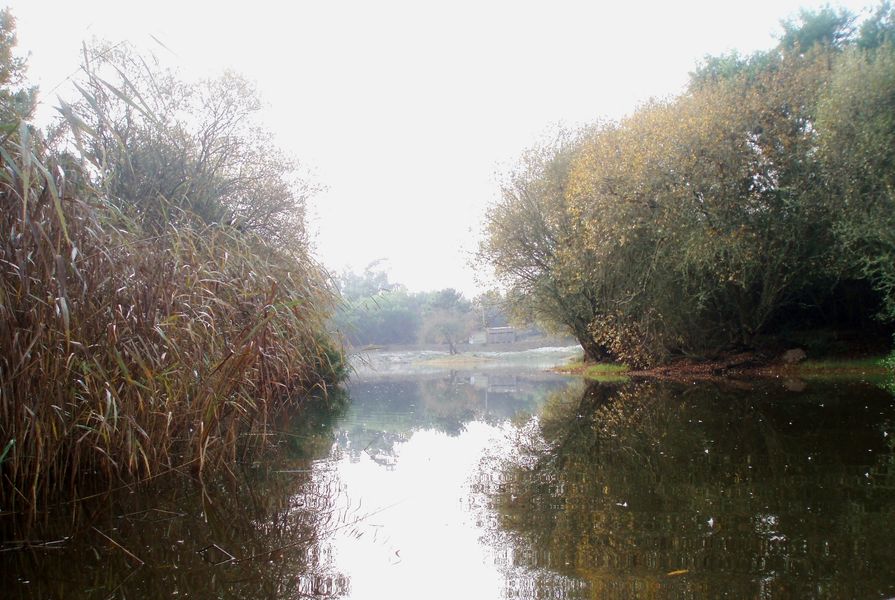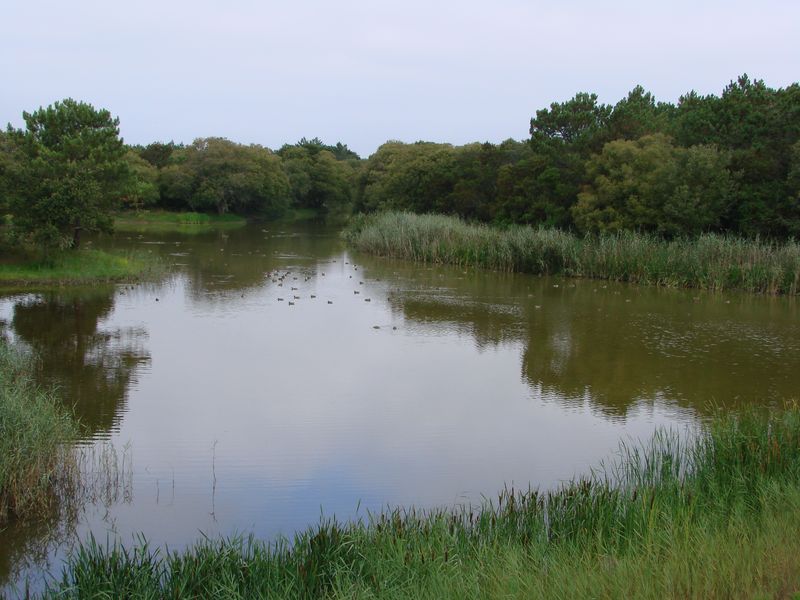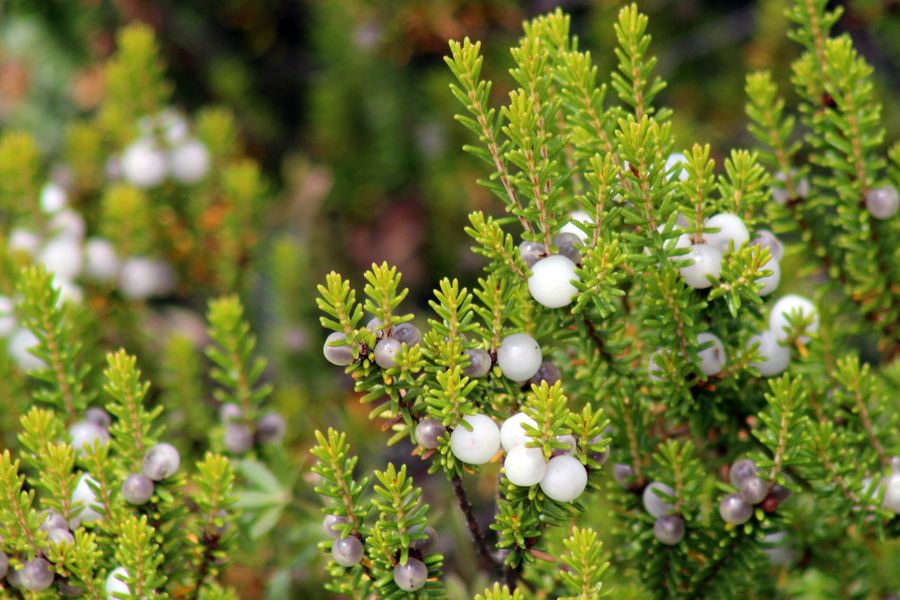Variante azul ao Trilho de Descoberta da Natureza
Share Image
The Nature Reserve lagoons In the 80 were opened some lakes, having developed an interesting aquatic vegetation, highlighting today Broadleaf Cattail (Typha latifolia), Reed (Phragmites australis), Yellow Iris (Iris pseudacorus) and on its banks, willows (Salix atrocinerea), alder (Alnus glutinosa) and poplars (Populus nigra). However, it is in winter season, on one of the Nature Reserve largest lagoons, with about 8 ha, that anatids and other waterfowl take refuge here (reaching annually 3000-5000 individuals). Among others, are Mallard (Anas platyrhynchos), Eurasian Teal (Anas crecca), Common Coot (Fulica atra), Little Grebe (Tachybaptus ruficollis) and the Common Moorhen (Gallinula chloropus). Occasionally appears the Red-crested Pochard (Netta rufina), the Northern Pintail (Anas acuta), the Common Pochard and the Ferruginous Duck (Aythya ferina and A. nyroca). Little Egret (Egretta garzetta) and Grey Heron (Ardea cinerea) and, more occasionally, the Eurasian Spoonbill (Platalea leucorodia) can also be seen here. Eurasian Sparrowhawk and Northern Goshawk (Accipiter nisus and A. gentillis) also use the lagoons as hunting grounds. These lagoons are also important as a water source for other wildlife fauna.

-
The Nature Reserve lagoons In the 80 were opened some lakes, having developed an interesting aquatic vegetation, highlighting today Broadleaf Cattail (Typha latifolia), Reed (Phragmites australis), Yellow Iris (Iris pseudacorus) and on its banks, willows (Salix atrocinerea), alder (Alnus glutinosa) and poplars (Populus nigra). However, it is in winter season, on one of the Nature Reserve largest lagoons, with about 8 ha, that anatids and other waterfowl take refuge here (reaching annually 3000-5000 individuals). Among others, are Mallard (Anas platyrhynchos), Eurasian Teal (Anas crecca), Common Coot (Fulica atra), Little Grebe (Tachybaptus ruficollis) and the Common Moorhen (Gallinula chloropus). Occasionally appears the Red-crested Pochard (Netta rufina), the Northern Pintail (Anas acuta), the Common Pochard and the Ferruginous Duck (Aythya ferina and A. nyroca). Little Egret (Egretta garzetta) and Grey Heron (Ardea cinerea) and, more occasionally, the Eurasian Spoonbill (Platalea leucorodia) can also be seen here. Eurasian Sparrowhawk and Northern Goshawk (Accipiter nisus and A. gentillis) also use the lagoons as hunting grounds. These lagoons are also important as a water source for other wildlife fauna.
-
Center
-
Aveiro
-
S. Jacinto Dunes Nature Reserve
Base Characterization
-
PTZPE0004 Ria de Aveiro
PTCON0061 Ria de Aveiro
-
Instituto da Conservação da Natureza e das Florestas, I.P.
Route Characterization
-
Access coming from north:
- A29, exit north Ovar towards Furadouro, Torreira and S. Jacinto or
- A1, exit at Fair node towards Ovar and follow the same route.
Access coming from south:
- A1 or A25 exit at Estarreja node. Follow towards Estarreja, Murtosa, Torreira and S. Jacinto;
- Aveiro - follow towards the beaches. Turn towards Commercial Port, and Forte da Barra in ferryboat, make the crossing to S. Jacinto.
By train - exit at Aveiro station. There are buses to fort of Barra where you can take the boat to S. Jacinto.
Note: Natural Reserve information services are 1 km away from the village of S. Jacinto in N327. The boat and the ferryboat have Summer and Winter schedules.
GPS: 40.670948, -8.725001
-
Yes
-
Information center of Dunas de S. Jacinto Nature Reserve
-
Information center of Dunas de S. Jacinto Nature Reserve
-
7 km
-
All year avoiding, however, periods of heavy rain (subject to flooding)
-
2 h
-
Easy
-
Ring road
-
Todos os grupos
Supports in place
-
Directional signs and some information on the trail.
Topographic Profile
Bring water and a snack, hat, comfortable walking shoes, insect repellent and sunscreen. If you have bring binoculars.
Access coming from north:
- A29, exit north Ovar towards Furadouro, Torreira and S. Jacinto or
- A1, exit at Fair node towards Ovar and follow the same route.
Access coming from south:
- A1 or A25 exit at Estarreja node. Follow towards Estarreja, Murtosa, Torreira and S. Jacinto;
- Aveiro - follow towards the beaches. Turn towards Commercial Port, and Forte da Barra in ferryboat, make the crossing to S. Jacinto.
By train - exit at Aveiro station. There are buses to fort of Barra where you can take the boat to S. Jacinto.
Note: Natural Reserve information services are 1 km away from the village of S. Jacinto in N327. The boat and the ferryboat have Summer and Winter schedules.
GPS: 40.670948, -8.725001














